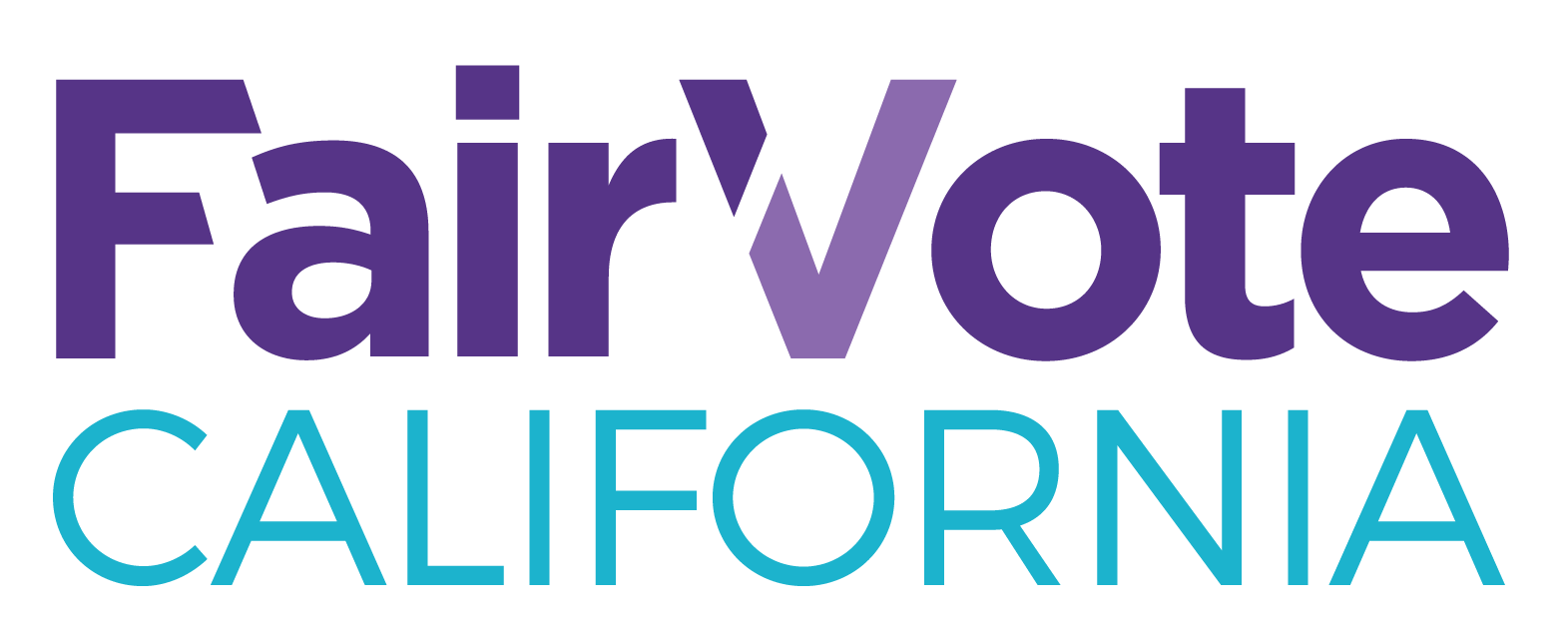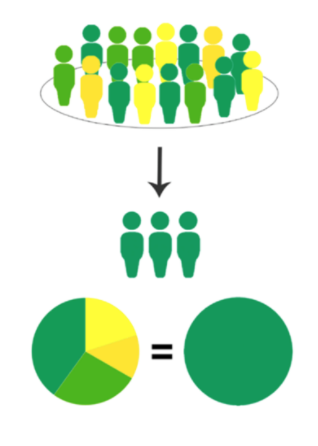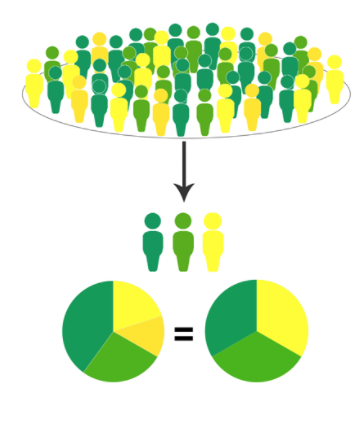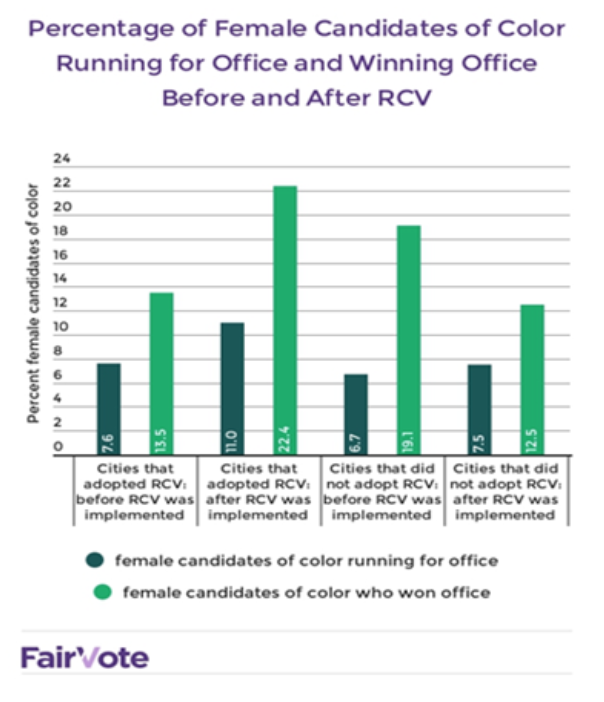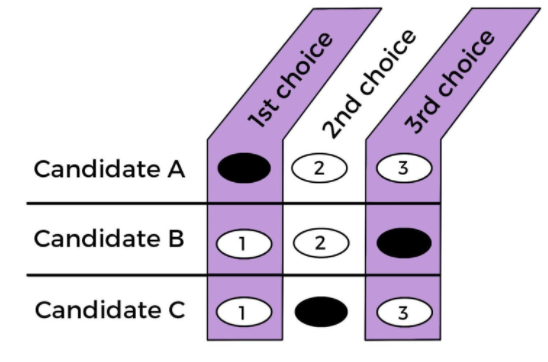
Ranked choice voting allows voters to rank as many candidates as they want in order of choice--first, second, third, and so on. All first choices are counted, and if a candidate has a majority, then they win, just like any other election. However, if nobody has a majority, the candidate with the fewest votes is eliminated, and those voters have their ballot instantly count for their next choice. This process continues until a candidate receives a majority of votes and is declared the winner.
Ranked choice voting is a simple, yet powerful change we can make to give voters a stronger voice in our elections. By ranking candidates in order of preference, voters no longer have to vote for the lesser of two evils. If a voter’s favorite candidate can’t win, their vote instantly counts for the candidate they ranked next. The more you rank, the stronger your voice is in democracy.
- More voice for voters because your voice matters more with a ranked ballot. You never feel like your vote is “wasted.” If your favorite candidate can't win, your vote counts for the candidate you ranked second.
- More choice for voters because ranked choice voting levels the playing field for all candidates and encourages candidates to take their case directly to you with a focus on the issues.
- Promotes fairness by ensuring winners earn a majority of the vote and are more broadly representative.
- Fosters civil elections by incentivizing inclusive campaigns and coalition building. Candidates run more positive campaigns, focus on the issues, and reach beyond their base.
- Minimizes strategic voting, vote splitting, and the spoiler effect because you always get to vote your favorite first without fear you may divide the community and help elect the candidate you like the least.
- Reduces costs by eliminating runoff elections which saves administrative and campaign finance needs.
- Supports greater voter participation because every vote counts in a single high turnout, more representative election.
RCV has been adopted in cities across the country, including cities in the Bay Area, to replace costly runoff elections. For example, the San Francisco mayoral race cost $3.7 million for a December runoff election. RCV allows voters to participate in a single decisive election that’s more representative of the community and avoids the high costs and low turnout associated with runoff elections.
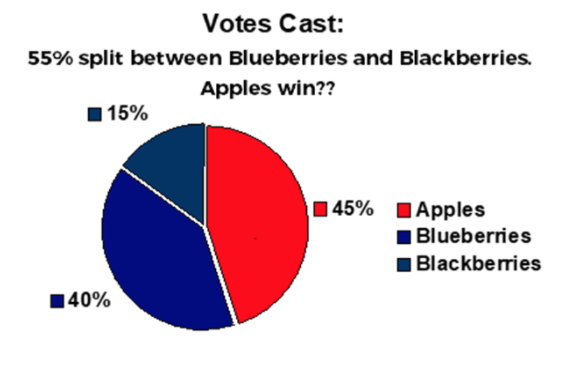
In many elections, the candidate with the most votes wins (50%+1). However, this gets more complicated when there’s more candidates in the race. A winner can be declared even if they don’t have a real majority, otherwise known as “plurality winners.” This election system is also called first-past-the-post. This encourages candidates to appeal to only their base and can attack their opponents. Minority groups can be shut out of government altogether, as voters and as candidates and the supposed “winner” isn’t representative of who the majority of voters want to elect.
On the other hand, RCV is an instant runoff system that restores majority rule. RCV ensures that candidates with the most votes and broadest support win. Candidates who are opposed by a majority of voters can never win RCV elections.
